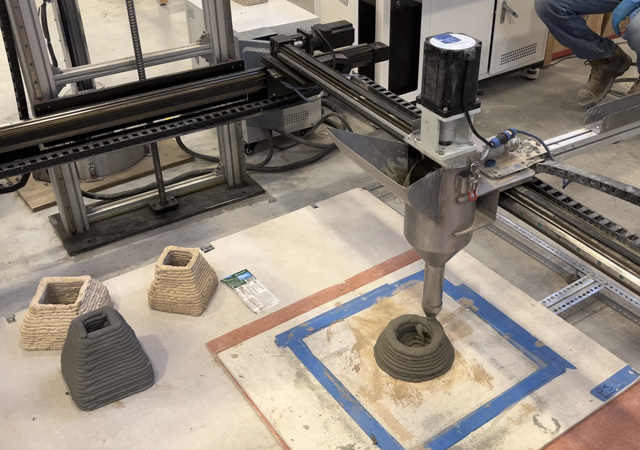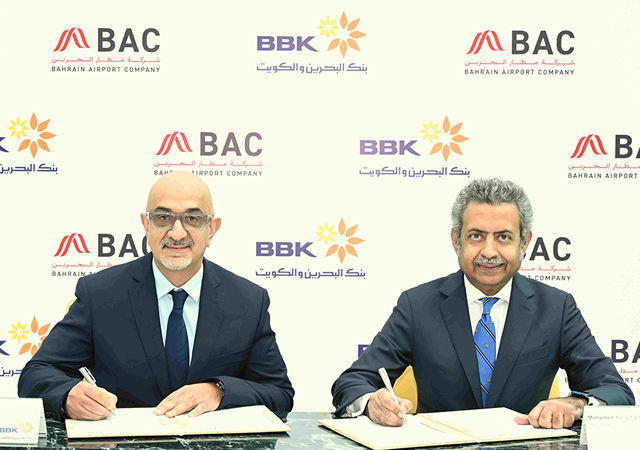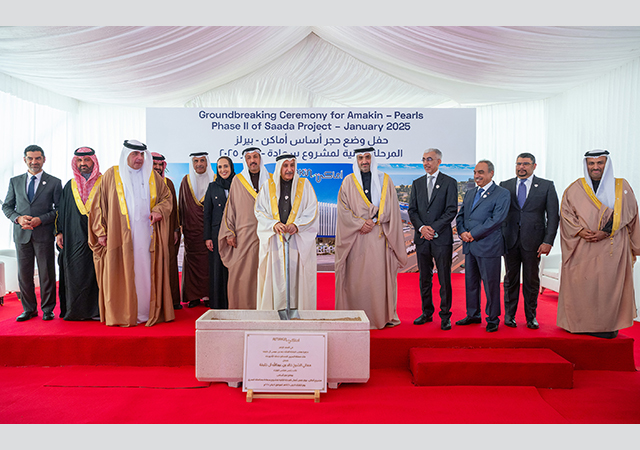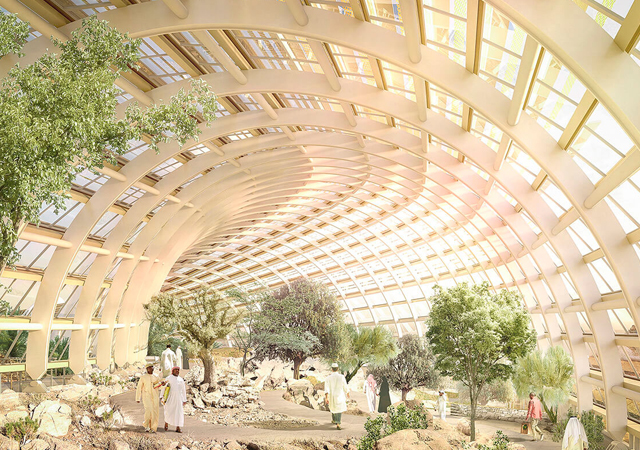
 Dura’s composite timber ... numerous benefits.
Dura’s composite timber ... numerous benefits.
WOOD plastic composites (WPCs) from the UK-based Dura Composites have been gaining ground in the Middle East with the products specified for several projects across the region.
Represented in the region by the Dubai-based Advanced Fibreglass Industries (AFI), a leading composites fabrication and solutions company, Dura Composites offers WPCs that facilitate designs for building decking, walkways, terraces, pergolas, hand railing, planters, fascias and roof linings.
“Real wood is unfortunately a limited worldwide resource, costly to buy, high in maintenance, and limited in use in harsh environments,” says a spokesperson for the company.
Composite timber, on the other hand, offers a host of benefits to users. “With Dura’s composite timber, there is no drying out with cracks, knots, insect (termites) damage, painting or warping. It is resistant to colour change, does not absorb moisture and resists fungal growth,” he says.
Dura Composites’ timber is an increasingly popular choice for urban, commercial and residential landscaping projects, he continues. It enables designers to create a new variety of building styles and ambiances while contractors can expect to complete projects faster due to the intelligent fixing systems and dimensional accuracy with a much lower incidence in snagging at the end of a project.
Dura Composites manufactures a wide range of panels, profiles, edge trims and fastenings to meet the needs of architects and clients with bespoke designs. The company has pioneered WPC capabilities in pergola design to give spans in excess of 8 m.
Recently, Dura became the first timber composite supplier to become FSC (Forest Stewardship Council) 100 per cent certified for its WPCs, which is made of 87 per cent recycled materials. A report from Ceram UK, a leading materials testing, analysis and consultancy organisation, also confirmed that the Dura Composites’ WPC meets the highest sustainability specifications.
These WPCs are produced by extruding a unique composition of reclaimed wood, high-density polyethylene and a number of engineered stabilisers such as ultraviolet (UV) inhibitors and mould preventers. This, according to the spokesman, creates the unique products, which can be used internally or more commonly outdoors. The material provides outstanding weatherproof performance and endurance even in extreme weather conditions, he adds.
“The combination of high strength and beautiful wood appearance is a result of achieving the optimal ratio of wood fibre to plastic resin combined with exacting temperature and speed control during the manufacturing process,” the spokesman says.
This composite wood mix, which has been successfully used in projects in the UAE, Oman, Bahrain, Saudi Arabia, Qatar and Kuwait, and now in Libya and Egypt, provides a real wood finish with the advantages of technology to make the material nondegradable for a period in excess of 50 years.
Dura Composites (UK) works together with AFI in live testing and developing the products under extreme desert conditions.
The company’s engineered products boast simplicity and ease of installation. “However, to ensure long-term performance we recommend that a professional carries out the installation in accordance with our guidelines. This is more likely to ensure a high quality, professional finish,” the spokesman says. “Each installation is unique in its performance requirements, and therefore the installation is the sole responsibility of the installer. Dura Composites recommends that all designs be reviewed by a licensed architect, engineer or local building official before installation.”
The product has been subjected to rigorous testing both in the laboratory and in practical outdoor exposure tests in three continents.
Commenting on the main properties and advantages of Dura Composites’ timber, the spokesman says: “The product does not fade with UV light. Both in accelerated aging tests at a UK laboratory as well as live product test in the UAE for the last five years, we have not noticed any significant change; and the ISO 4982-2, ASTM D1037-93 and MOAT22 have given full pass results, and an indication that suggests colour retention of about 90 per cent over its lifetime.
“UV light is a major problem in the degradation of materials under which paints and woodwork can be catastrophically affected. Results are just in from a 5,000-hours UV lab test where the Dura Composites WPC material has retained 90 per cent of its original strength. That is equivalent to nearly six years in a harsh Middle East climate. So rest assured, the product is a real long-term performer.”
“In addition, developments are under way to achieve BS 476 Part Seven Class One for fire rating. Current materials are classified as Class Three,” he adds.
So, what would happen to the material at 55 deg C? “It will behave like most materials, and expand with heat – about 1 mm per m length of board,” he indicates. “With inferior products, this will lead to serious complications with warping and edge fixing damage. With Dura Composites’ WPC this is not a problem. There are purpose-designed edge fixings and an excellent design and technical support service to ensure a project is designed properly. The company also has products that are engineered for the type of application – public or heavy-duty traffic or light residential.”
The product is available in stock colours like charcoal, teak and cedar and special colours can be matched at a premium subject to the volume.











































.jpg)






